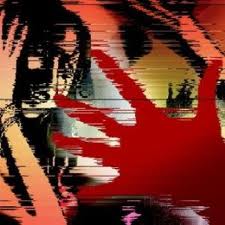
New Delhi, April 25: It's a shocking revelation in this day and age. Not just Indian men, but even adolescents - in the 15-19 age group - feel that wife beating is justified.
Unicef's "Global Report Card on Adolescents 2012", says that 57% of adolescent boys in India think a husband is justified in hitting or beating his wife.
Over half of the Indian adolescent girls, or around 53% think that a husband is justified in beating his wife. In comparison, 41% women in Bangladesh and 54% in Sri Lanka harbour a similar feeling . In Nepal, however, the prevalence of both men and women justifying domestic violence is inordinately high at 88% and 80%, respectively.
According to the report, societal attitudes that convey acceptance or justification of domestic violence are making girls and women more vulnerable to abuse. It says, "Available data for developing countries show that nearly 50% of girls and women aged 15-49 believe that wifebeating is justified... girls aged between 15 and 19 years hold the same views as women in the 45-49 age group."
The report explains that because of reporting bias, this may be an under-estimation of the actual size of the problem in several countries. Many factors contribute to the incidence of domestic violence . For instance, in many places, child marriage, gender-based power relations, women's low economic status and traditional practices or social norms perpetuate it.
Mission director for India's National Rural Health Mission Anuradha Gupta said spousal violence takes place both in developed and developing countries "though the degree would vary" . She said, "When girls are brought up with the message that a woman's status in a family is inferior, she starts to accept whatever behaviour is meted out by her husband or in-laws ." She added, "When a boy grows up seeing his father assault his mother, he starts to accept such a behavior and repeats it."
Ranjana Kumari, director of Centre for Social Research, said, "Most women think this is their fate. Education or economic prosperity alone can't improve the situation."
These findings on youth attitudes towards marital violence should not just be seen as shocking. They should also teach us the limitations of laws on domestic violence. Such laws may be important to help minimize violence against women. But they are clearly not enough, especially when the victim herself does not perceive any wrong in being beaten up. A strong legal framework to deal with domestic attacks must be backed up, therefore, by a sustained and intensive campaign to raise awareness on the issue among men and women. Steps to raise the levels of female education would play an important role.





Comments
Add new comment